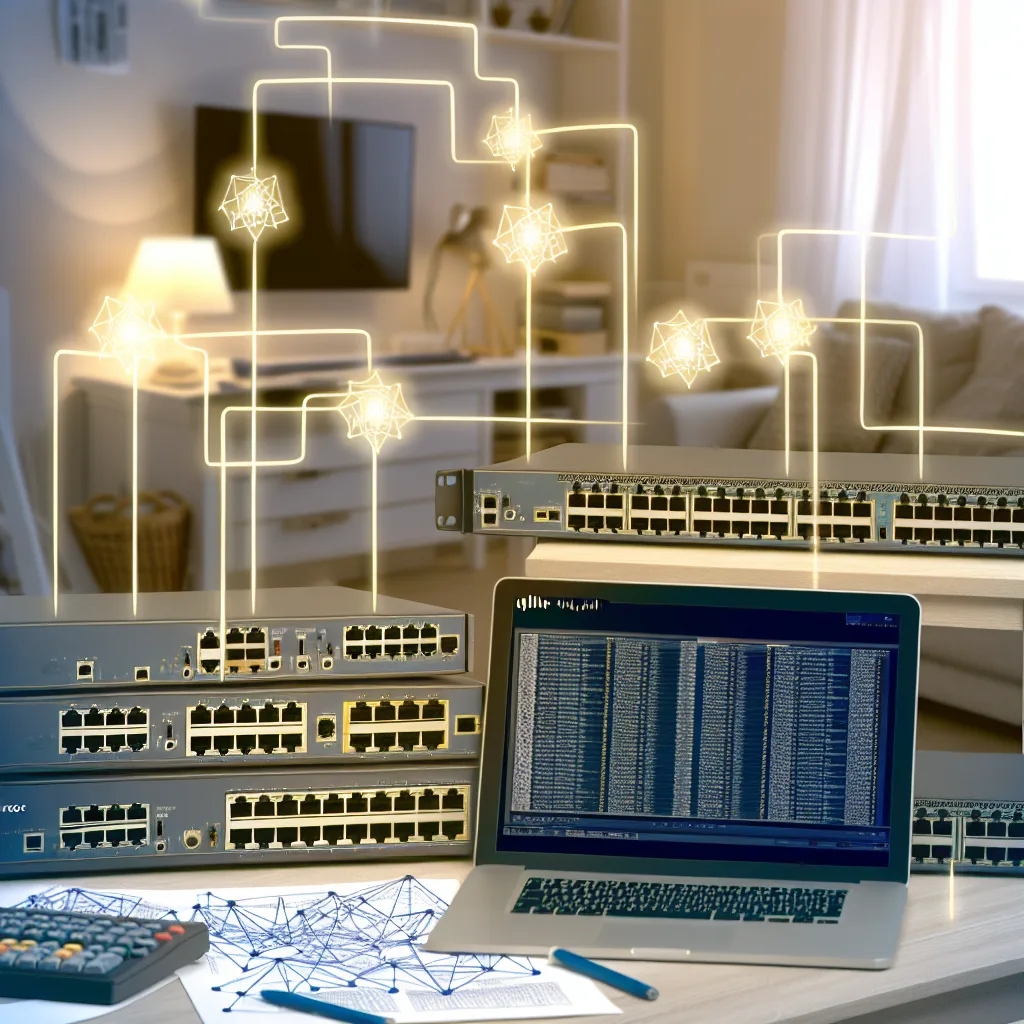A friendly look into setting up a CCNP homelab and the lessons from eight months of hands-on practice
If you’re on the path to becoming a Cisco Certified Network Professional (CCNP), you might already know how valuable a CCNP homelab can be. I started building mine 8 months ago, and honestly, it’s been one of the best learning tools I’ve had. Whether you’re just considering it or already in the middle of the process, I’m here to share what I’ve learned from my own experience — no jargon, just straightforward talk.
Why a CCNP Homelab?
A CCNP homelab lets you practice real networking scenarios on your own terms. It bridges the gap between theory and practice. Sure, you can read books and watch videos, but actually configuring routers and switches? That’s where everything starts to click.
For me, my CCNP homelab became a safe space to make mistakes and figure out how different protocols interact. It’s been invaluable for understanding complex concepts like EIGRP, OSPF, and BGP, all essential parts of the CCNP curriculum.
Starting Small and Growing
I didn’t jump into buying fancy gear right away. I started with basics — a few old routers and switches, some virtual machines running Cisco’s Packet Tracer and even Cisco VIRL (now called CML). This mix gave me flexibility to try different setups without breaking the bank.
If you want to see what Cisco offers for virtual labs, check out Cisco DevNet for some official virtual lab environments. Also, Packet Tracer is a fantastic free tool for beginners available right on Cisco’s site.
What 8 Months of Practice Look Like
Consistency is key. Spending even 30 minutes to an hour a day on your homelab adds up quickly. I focused on:
- Configuring routing protocols (EIGRP, OSPF, BGP)
- Setting up VLANs and trunking
- Exploring security features like ACLs
- Simulating real network topologies
Through these exercises, my confidence grew. Facing errors and troubleshooting became less frustrating and more like a puzzle to solve. If you haven’t joined community forums yet, websites like Cisco Learning Network provide a helpful space to discuss problems with others on the same journey.
Tips If You’re Building a CCNP Homelab
- Don’t rush to buy tons of hardware. Start with what you have or try virtual labs.
- Document your setups. Writing down configurations helps retention and gives you quick references.
- Mix theory with practice. Use official Cisco study materials alongside your lab work.
- Be patient. Some days will be tricky; that’s normal.
In the end, your CCNP homelab will look different from anyone else’s, and that’s perfectly fine. The goal isn’t perfection but progress. After 8 months, I’m far from an expert but very much more comfortable with Cisco technologies than I was when I started.
If you want to dig deeper into CCNP topics or labs, Cisco’s official certification page is a solid place to start: Cisco CCNP Certification.
Building a CCNP homelab is a journey, one that’s tough but rewarding. If you’re thinking about starting yours, just take a small step today. Before you know it, eight months will have passed, and you’ll be amazed at what you’ve accomplished.
